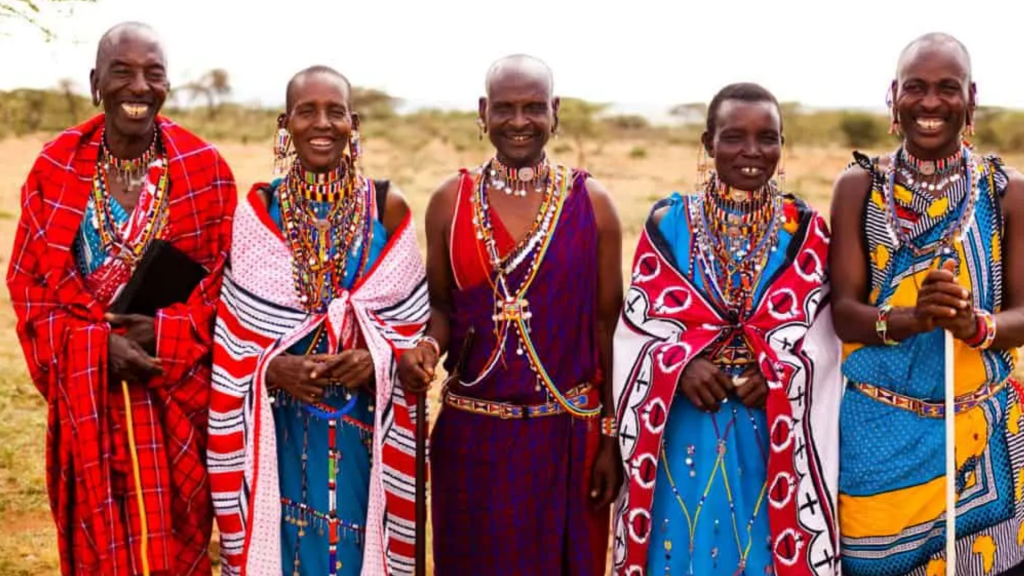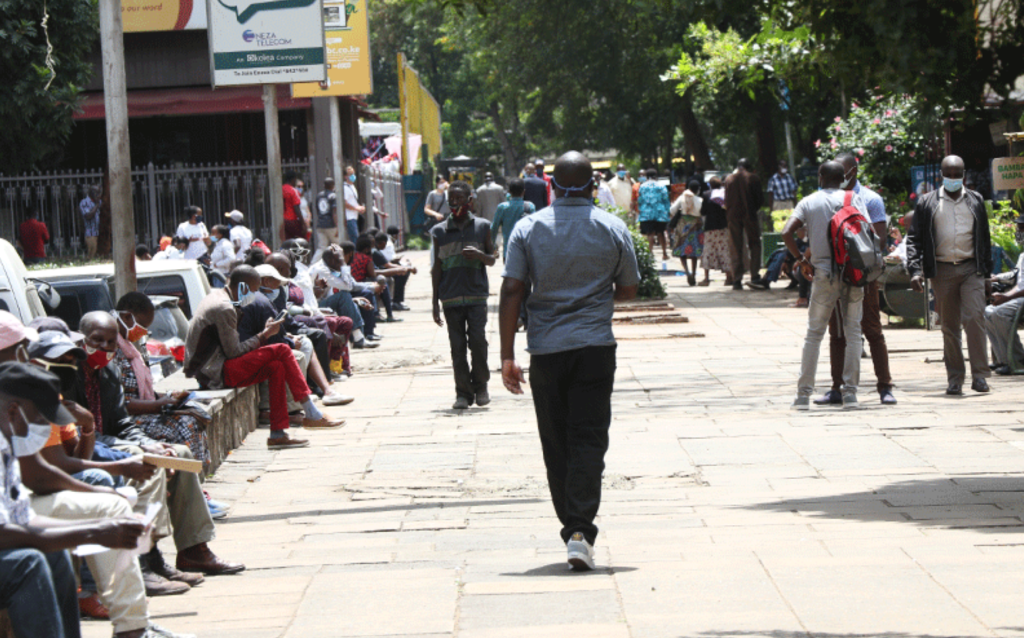From the moment I stepped foot in Kenya, every facet of my surroundings appeared as an entirely new world, brimming with novelty. The diverse languages spoken, the distinct mannerisms exhibited by the locals, and the lively church services, all coalesced into an immersive cultural encounter that was unparalleled in my experiences. Coming from a background where Kinyarwanda and French held sway, I now found myself in a place where over 40 distinct languages seamlessly intermingled in everyday conversations. Despite my physical resemblance to the Kenyan populace, the polyglot nature of Kenyan society left me astounded; I was often left in a state of wonder as individuals effortlessly transitioned between languages, casting me into the role of an outsider, a role I was admittedly fulfilling. While I had been exposed to various languages while fleeing from one country to another, witnessing Kenyans masterfully utilize multiple languages without the constraints of tribal divisions was an entirely novel experience for me.
In my homeland of Rwanda, Kinyarwanda held its firm grip, while French assumed the role of a secondary language primarily accessible to those fortunate enough to receive an education. However, upon my arrival in Kenya, I was confronted with a vivid tapestry of linguistic diversity that painted a captivating portrait of cultural amalgamation. The seamless transitions between languages such as Kiswahili, Kikuyu, Kiembu, Dholuo, Luhya, Kigusii, English, and more, left me entranced, as communication itself seemed to transform into an intricate art form. Academically, Kenya boasts a total of 68 distinct languages, yet approximately 40 of these languages stand out more prominently due to the sheer number of tribal members associated with them.
Embarking on a journey into Kenyan cuisine unfurled yet another layer of cultural contrast before me. Emerging from a Rwandan community where vegetarianism was the prevailing norm, I had grown accustomed to a diet enriched by the presence of African vegetables like amaranth, Saga (also known as Sagaa, the spider plant), African Eggplant, African nightshade, Stinging Nettle, and an assortment of beans, maize, sweet and Irish potatoes, pumpkin, cowpeas, peas, and the staple Ugali – crafted from sorghum, millet, wheat, or maize. Our consumption of meat was a rarity, usually reserved for the grand occasions like Christmas, New Year, funerals of esteemed elders, and other special gatherings. However, a remarkable evening in Kenya marked the dawn of a new culinary frontier for me.




